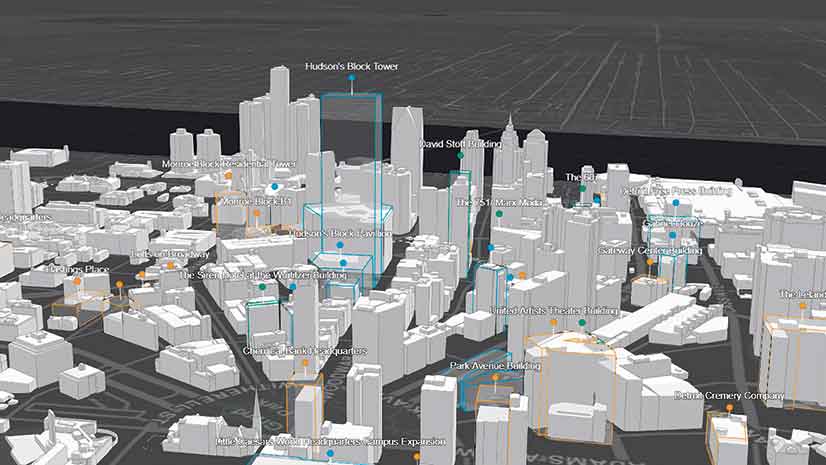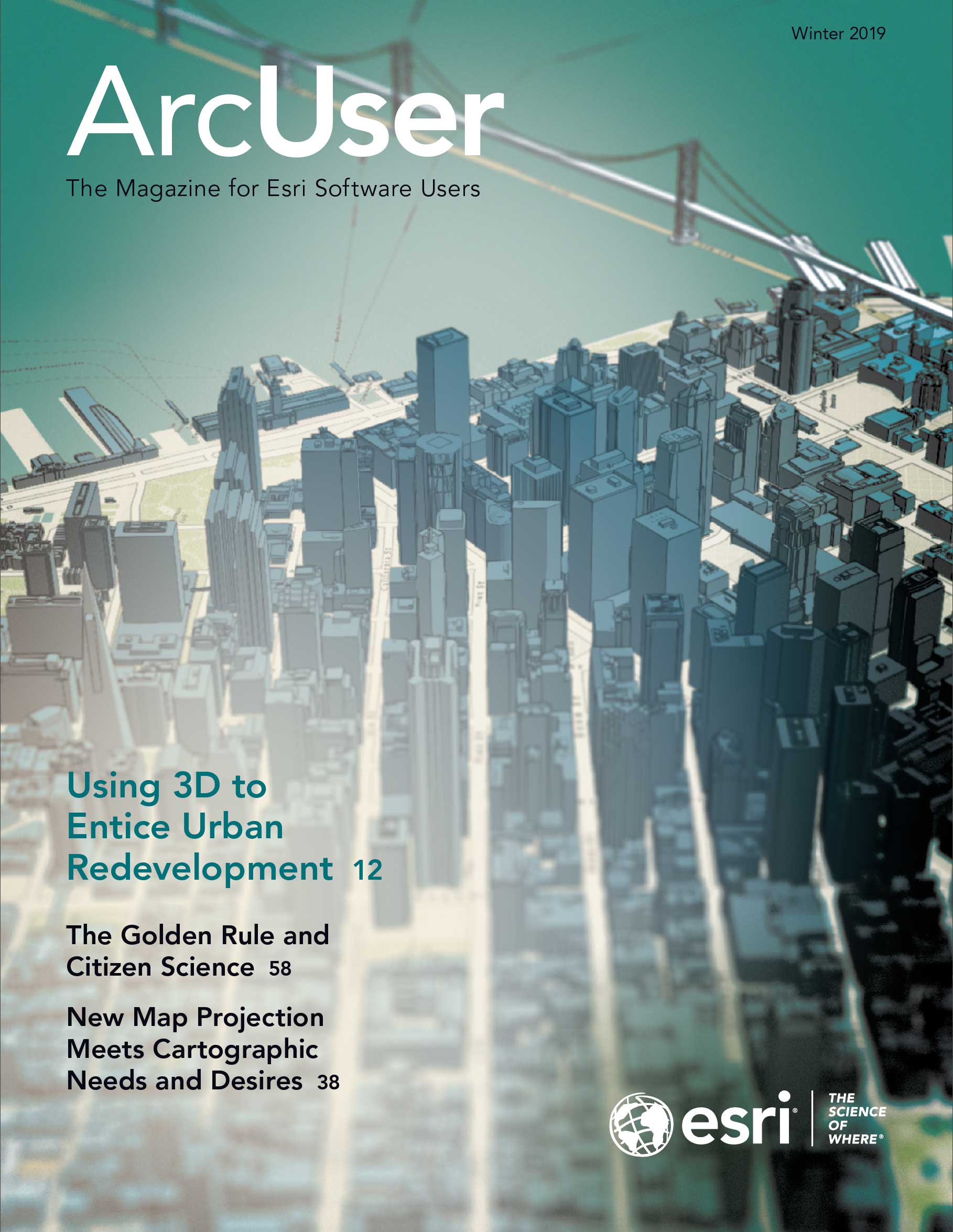Aligning your work with an executive’s vision is critical.
If you want a government program or project to be successful, one of the most important factors is securing executive support or sponsorship.
This means constantly establishing and expanding that support. The more sponsors you have, the more support there is for your program. Diversifying your executive support is smart business. Leaders come and go, and their importance ebbs and flows over time.
Many managers of government programs or projects seem to be unaware of the value of executive sponsorship. I work with GIS practitioners in government agencies across the United States, and often, securing executive sponsorship is not prioritized. I believe this stems from the fact that they are unaware of how to best communicate their value to leadership.
Effectively communicating with leaders takes special skills for three reasons:
- Leaders usually don’t have a lot of spare time.
- Leaders may seem intimidating.
- Leaders often do not want or need to understand the details.
However, there are some techniques you can use to help get leaders to understand and support your program or project.
If the project centers on a technology such as GIS, you need to make sure that you do not use overly technical terms when communicating with executives and elected officials. Usually, leaders are not interested in technology. They want to focus more on solutions to problems.
Therefore, it is critical that you learn how to communicate the value of your program or project as a solution to a problem the executive is interested in solving. To do this, it is best to frame your program or project in one of two ways—either in relation to the leader’s vision or the leader’s pain.
A leader is happy to discuss either vision or pain with you. An executive is always working toward a vision and wants as much assistance as possible in making it a reality. You can usually find out more about a leader’s vision by looking at :
- Strategic plans
- Initiatives
- Goals, objectives, policies
- Key performance indicators (KPIs)
Aligning your work with an executive’s vision is critical. It ensures that you are working on what matters most to the organization. If your work helps an executive move closer to realizing his or her vision, more value will be assigned to you and your work. This will lead to requests for more assistance from you. This is also true if your work helps alleviate an executive’s pain.
It is important to get your executive involved in your program or project, rather than simply gaining support. By turning a GIS supporter into a GIS user, your leader will appreciate the technology on a personal level and understand that GIS is more than just mapmaking. An executive GIS user is more apt to provide additional GIS resources. The best way to get an executive to use GIS is through dashboards that provide real-time access to valuable data, visualizations, and analytics.

Remember these key points regarding communicating your value to executives.
- Make the most of your work, and make sure it is aligned with what your organization’s leaders are focused on.
- You need to be proactive. Don’t wait for them to come to you. They usually won’t.
- Learn their business, then propose solutions that advance their vision and alleviate their pain.
- When proposing solutions, keep the communication short and direct. State the problem, the cause, and the negative impact, then describe how to solve the problem and describe the positive outcome.
- You should also provide the cost and timeline, and be sure to adhere to both.
- Don’t just get their support, get them involved.
This article originally appeared in GovLoop.


